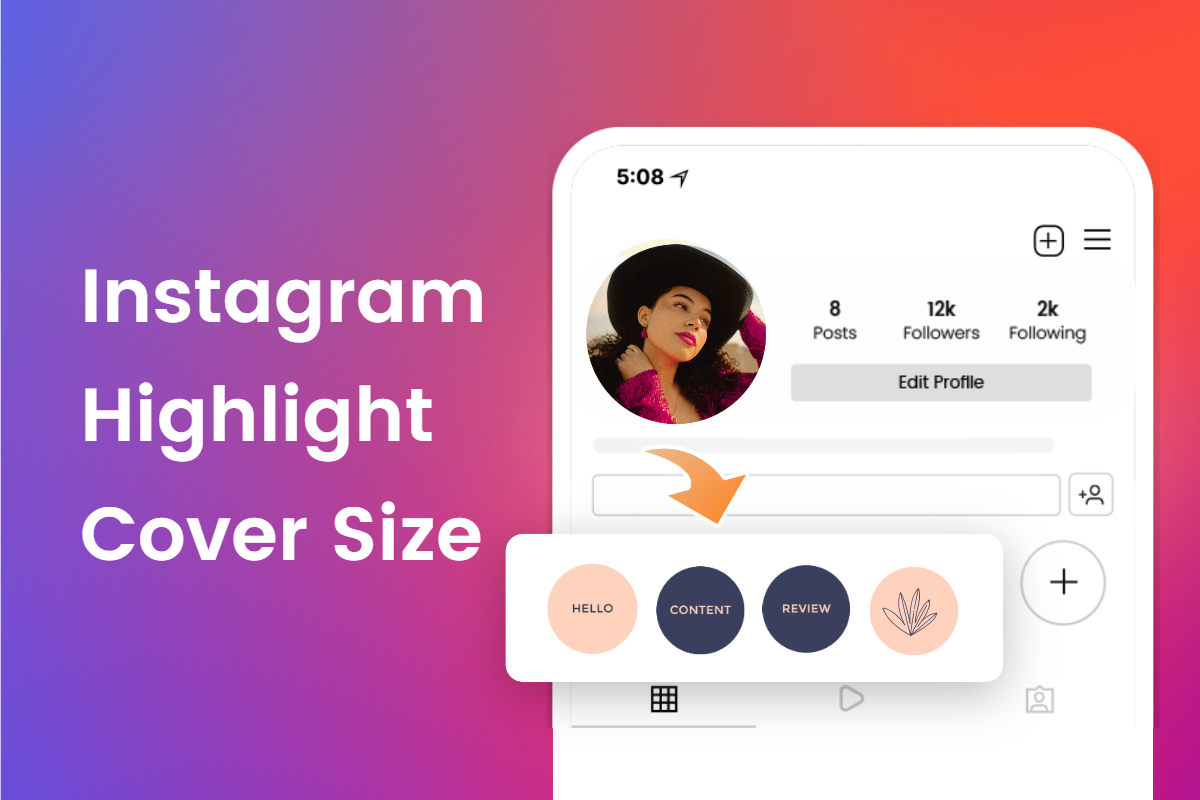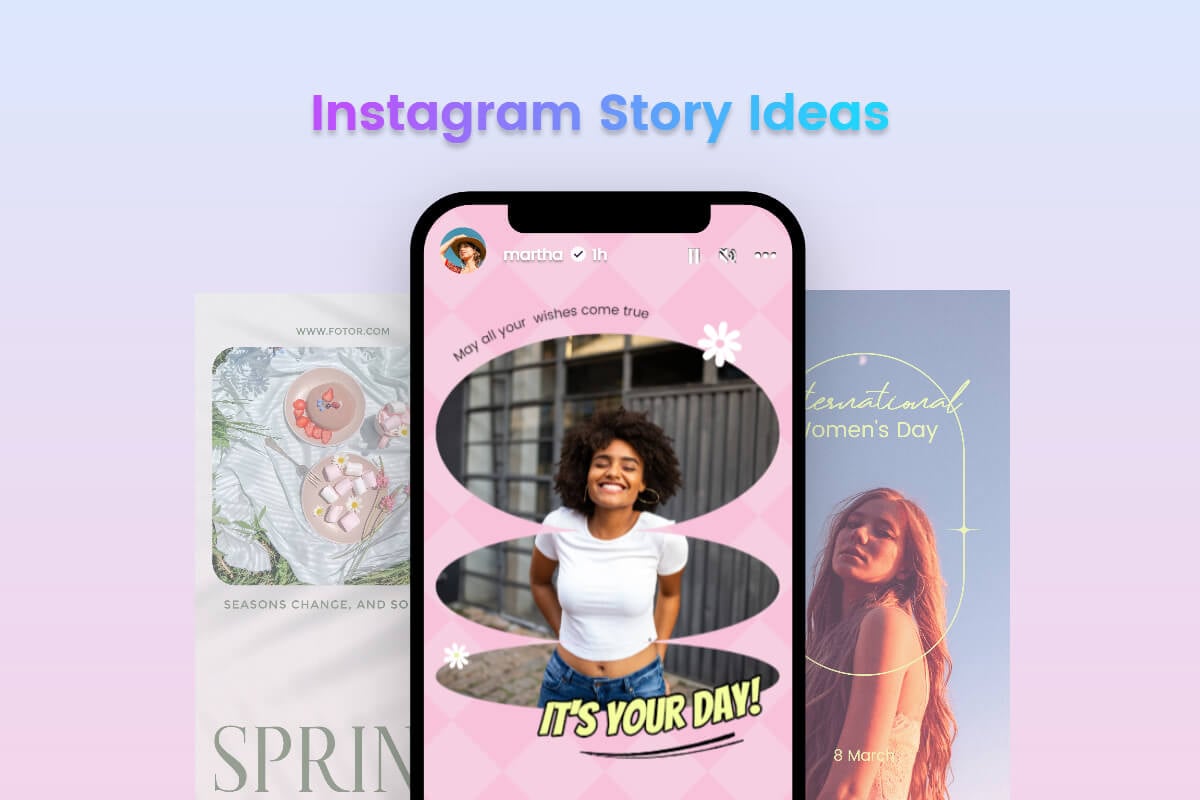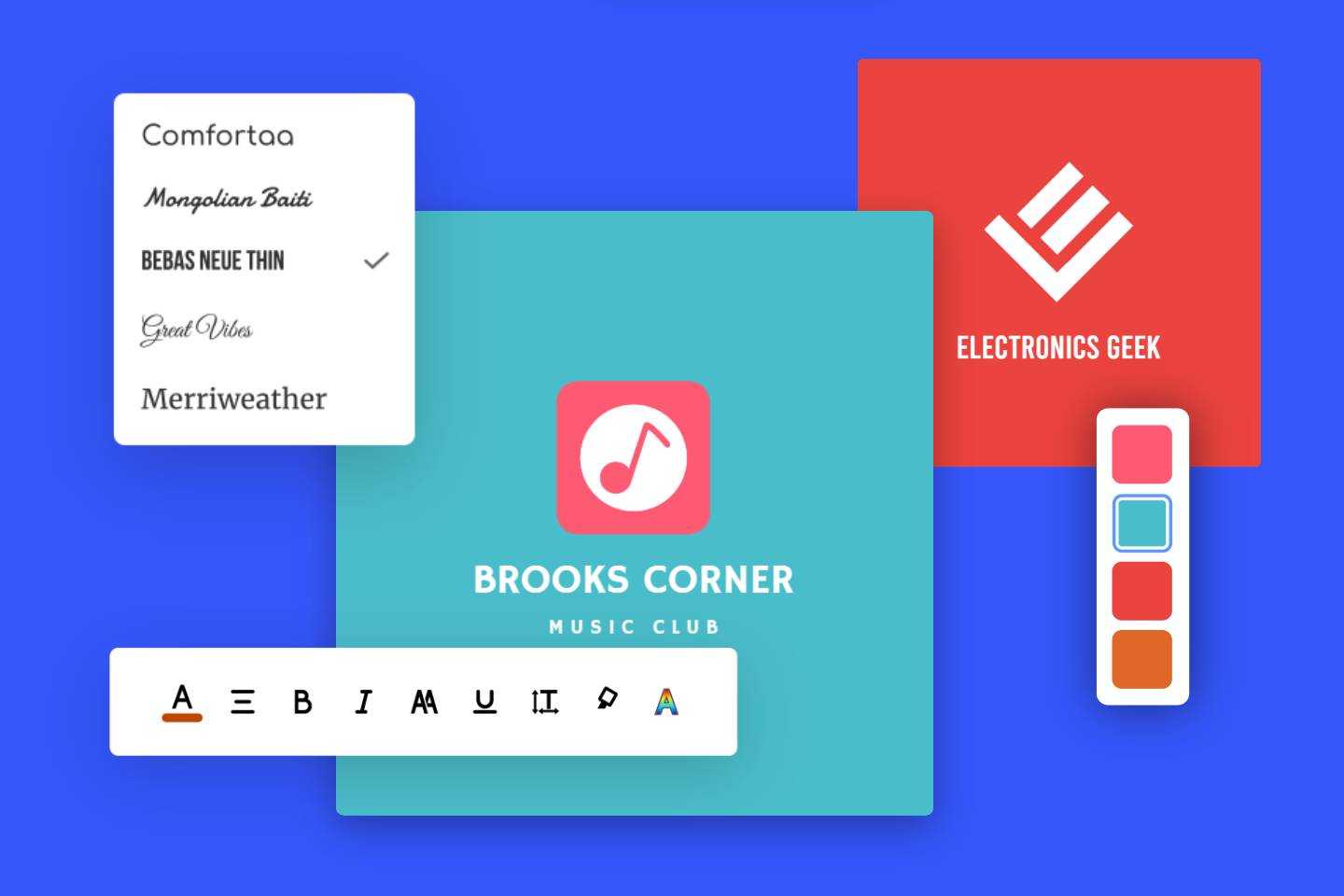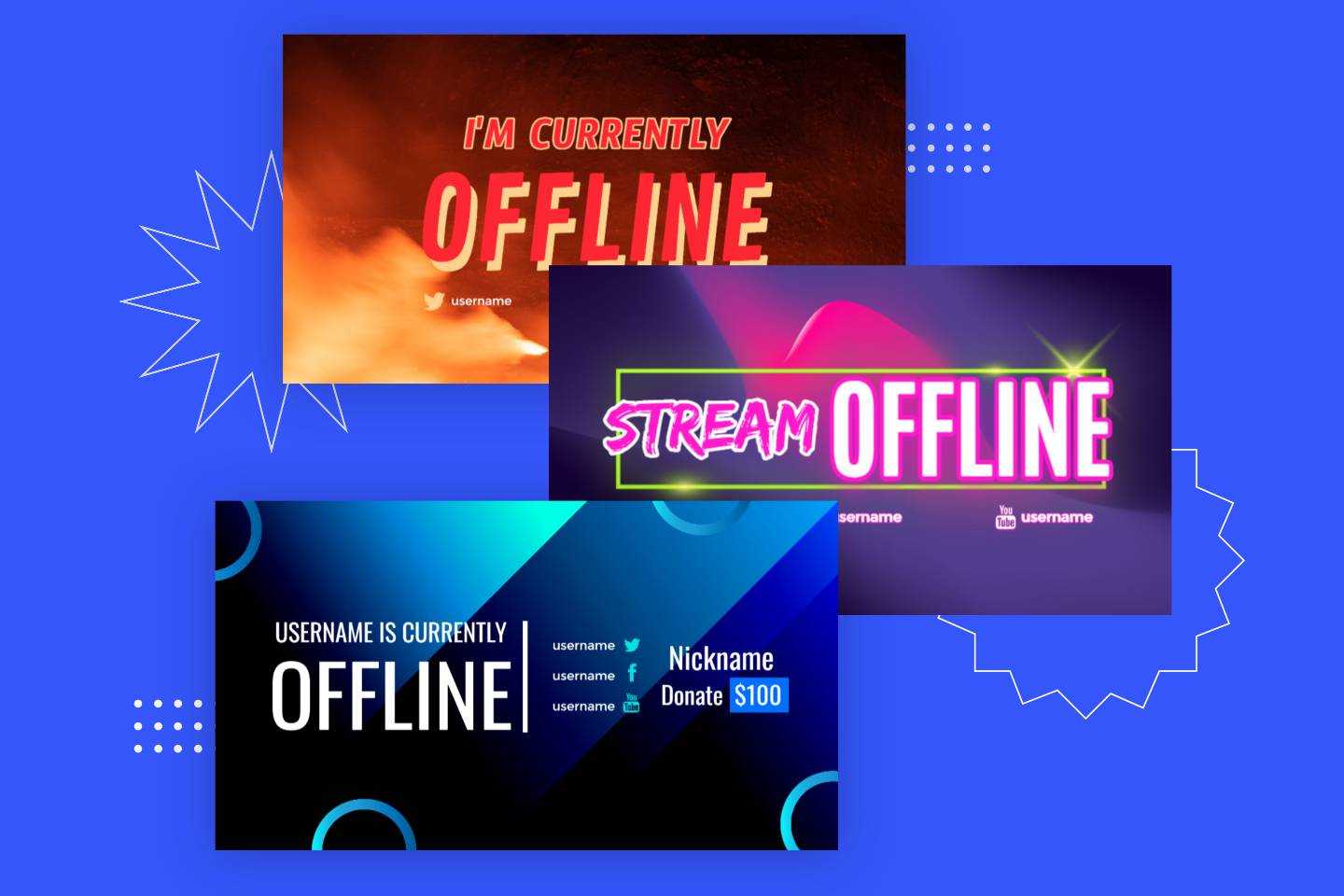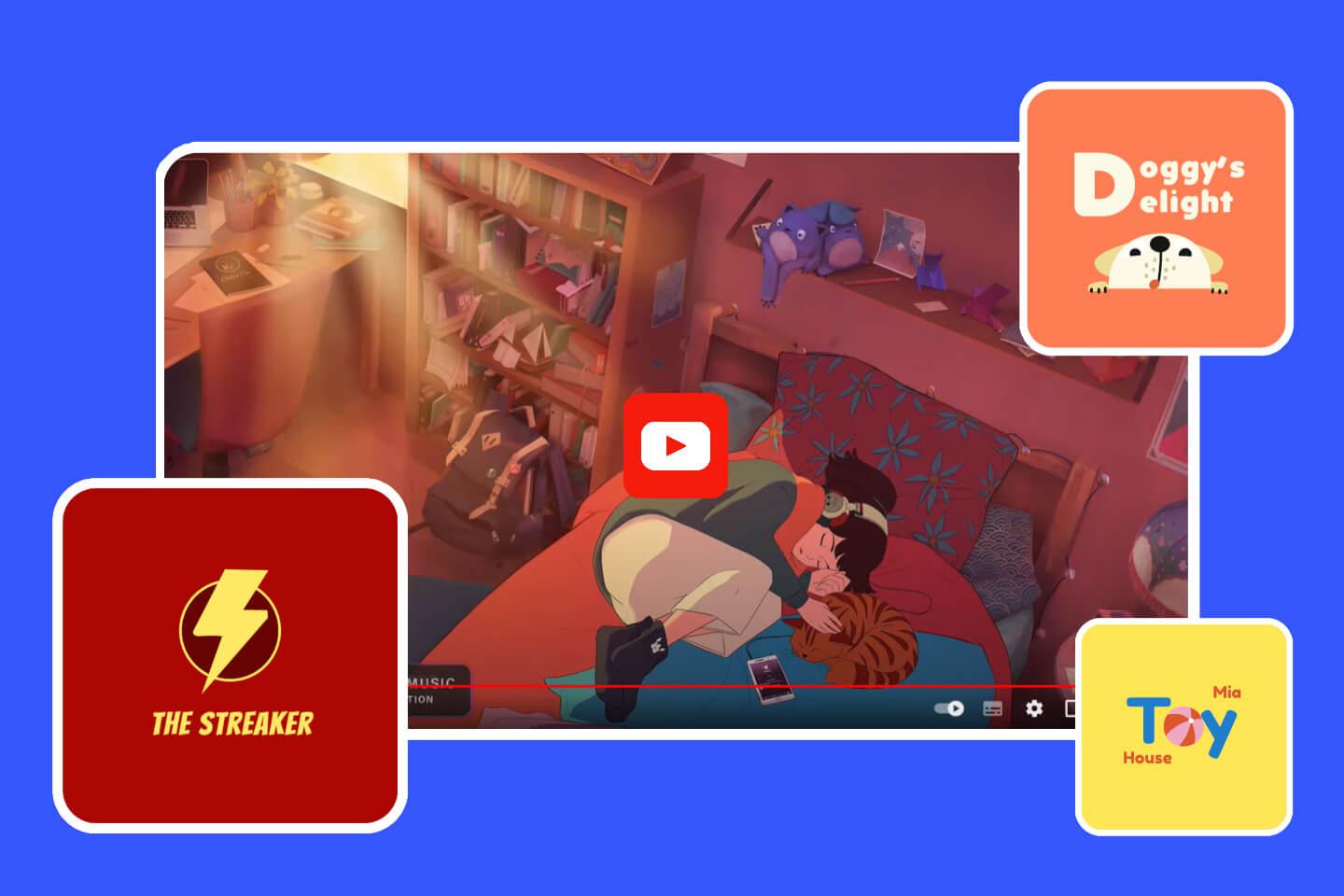How to Make a Successful Social Media Strategy in 7 Steps

Whether you’re a professional looking to market themselves, or just somebody who likes Likes, having a coherent, organized social media strategy is always more effective than simply posting whatever, whenever. But despite how fun social media can be, when you get serious about it, it can actually be pretty complicated.
Luckily, professionals have been unlocking the secrets to a successful social media strategy for years. There’s plenty of tried-and-true practices to fall back on, and that’s what this article is about: explaining how to use social media like an expert, even if you’re starting from scratch. All it takes is 7 simple steps.
1. Set Goals
Before you set off on any journey, you need to make sure you’re facing the right direction. Social media can serve a variety of different purposes, but unless you know what you want, you may not get anything from it.
The first step is always pinpointing your goals so you can focus on them alone and push everything else to the background. Different goals have different strategies, so before you do anything else, you have to organize your priorities.
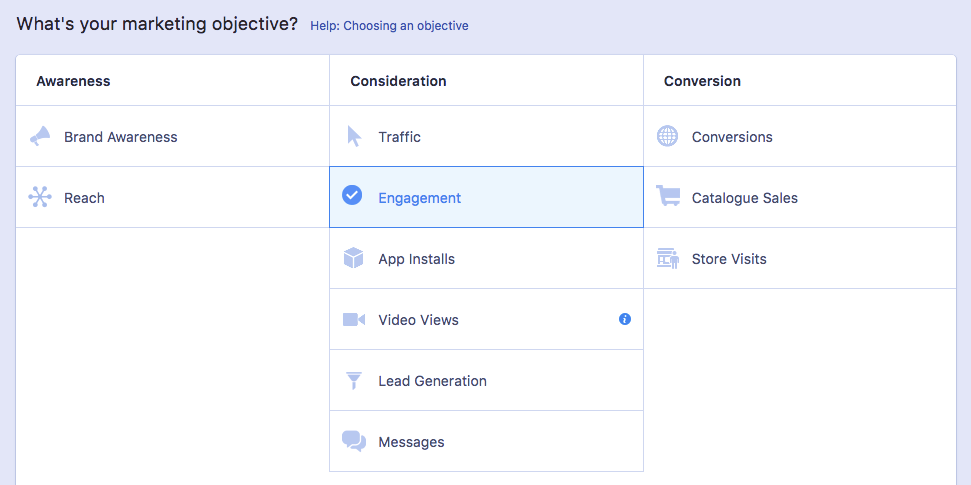
While your goals should be unique to you, there are some common targets most people and companies shoot for. Take a look at them here for inspiration:
- Recognition. In business it’s called “brand awareness,” but if you’re a freelancer or an individual, it’s more about branching out. You earn recognition by posting quality, original content that your followers enjoy and share, getting your name out there in new places.
- Traffic. Sometimes social media is a means to an end, such as attracting people to your website. Often, you post content that’s already live on your site with links back to it, in hopes you entice new visitors.
- Engagement. Putting the “social” back in “social media,” you can use features like commenting and tagging to interact with your followers, clients, or customers and build stronger, more personal bonds.
- Trending Tags. If you’re truly ambitious, you can set out to popularize certain tags to raise awareness to a cause or join a community. This can be used for promotional campaigns big and small, such as our #fotorgiveaway last year.
- Promotion. You can use social media to solicit products or services as well as promote events. For example, if you want people to come to weekly trivia night at your local bar, a flyer won’t always cut it.
Of course, you don’t need to choose only one goal. Usually you’ll have several objectives, if not all the items on this list. The important thing is that you prioritize them adequately — maybe you want both recognition and promotion, but which one you want more will determine the kind of content you produce.
2. Identify Your Audience
Are you trying to appeal to younger, more casual people, or is it strictly business with older professionals? There’s no one-size-fits-all with social media (except for maybe cat videos), so pinpointing your target audience allows you cater your strategy specifically to them.

Your target audience doesn’t just influence what kind of content you post, but also where you post it. Each social media outlet serves different demographics, and while you want a wide reach with accounts in many places, you still have to focus on two or three main ones more than others. According to Sprout Social, here’s a brief run-down on who’s using what:
Facebook is the most popular social media platform, so you’ll find a presence there for just about everyone. Notably, Facebook is the most used outlet by older people — compared to other platforms, it has double the amount of users for the 30-49, 50-64, and 65+ age groups.
Instagram is geared towards younger audiences with an impressive 59% of 18-29 year-olds using it. Lately older users have also begun come around, although in nowhere near as strong numbers. Slightly more women use it than men, and slightly more urban residents use it than suburban or rural, but other aspects like income and education and fairly even, more or less.
Twitter has a balanced turnout, with about a third of all Millennials using it and 21-23% of 30-64 year-olds. Segmenting by gender, income, and location (urban, suburban, or rural) are also equally distributed.
As you might expect, LinkedIn sees a greater turnout of older users than all other social media platforms except Facebook. Also not surprising, it tends to attract people with higher education and much greater annual salaries, but shuns those from rural environments.
Every night is Ladies’ Night at Pinterest! Almost half (45%) of all women online use Pinterest, making it prime real estate for female-centric brands. What kinds of women are pretty balanced, though, considering salary, education, and age (except for the over 65 crowd, which is a low 16%).
Snapchat
Snapchat is a hot-spot for the under-30 age group. More than half (56%) of 18-29 year-olds use it or other auto-delete apps, making it a direct line to speak to youthful audiences.
TAILOR CONTENT TO THE PLATFORM
What you post should conform to that platform’s specific strengths. Social media specialist Kristy Elena warns against posting the same material on two different sites, saying, “Instead, customize the post the fit the unique identity of the platform. To create a large and dedicated following remember that consistency is the key!”
3. See What Others Like You Are Doing
Especially if you’re new to social media, it’s best to see what everyone else is doing before you dive in head first. Other users like you — if you’re a business, your competition — can teach you what kind of content and strategies work, as well as what doesn’t.
It’s as easy as counting the Likes, hearts, retweets, comments, etc. of whatever platform you’re looking at. If funny jokes, pictures, or memes get the most attention, incorporate those in your strategy. If heartfelt quotes over nature landscapes are popular, consider those.
You also want to pay attention to which hashtags they use. Often there are multiple hashtags for certain categories, but one is usually more popular than the others. Seeing which hashtags your competition uses can help point you in the right direction and give you some background data, but ultimately you should research these yourself.
Just keep in mind that the most effective content depends on both the audience and platform. That’s why it’s good to look at users similar to you. If you look at what’s popular overall, you may miss the mark because you’re aiming too broadly.
Also, it’s worth mentioning the importance of originality. If you just copy someone else’s strategy, it won’t work because other social members will catch on. Original content is always preferred. Rather than researching other accounts to do what they do, look for patterns and individual techniques that you can use with your own personal twist.
4. Create Quality Content
This step is listed in the middle of much easier steps, but it’s unquestionably the hardest. That said, there are a few concrete ways you can improve your content, like the Facebook Post and Instagram Post, at least until you learn the ropes.
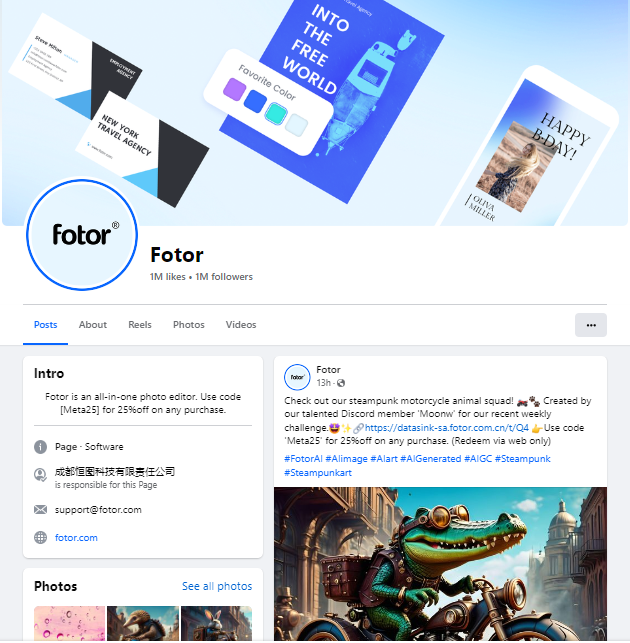
Post videos
People love videos online — in fact, the average person spends ⅓ of the time online watching videos, including Instagram Stories and Facebook Live. Don’t get bogged down with video quality or technical execution. All you need is your smartphone and a topic worth filming about. And keep it short: around a minute and half (81.22 seconds) seems to be the popular average, with the exception of YouTube.
Follow a theme
You earn more followers when people know what to expect from your posts, so consistency is key. Posting with a regular theme lets you hone in on your target audience and speak to them more personally — better to be loved by a few than liked by many. If you’re targeting an audience like yourself, which theme you choose should reflect your personality and come naturally to you. The advice of “be yourself” is kind of trite, but be yourself. That’s how you attract like-minded followers.
Moderate self-promotion
No one likes people that talk about themselves too much, whether in person or online. Too much self-promotion was listed as the number one most annoying feature about social media accounts, with 46% of people unfollowing someone because of it.
There are different schools of thoughts on the perfect ratio of original content: shared content: self-promotion. Again, it depends on your goals — if you’re emphasizing engagement, you’ll want to share more of other people’s content; if you’re emphasizing recognition, you’ll want to post more original content, etc. You can read more about the typical ratios here, but one thing they all have in common is minimal self-promotion.
Hire a professional
Rather than stressing about developing a skill you don’t have, you can always just hire someone who already has it. Regardless of your industry, you can use a professional photographer, videographer, or writer to come on board and generate content people truly relish. After all, that’s their job.
Outside-the-box visuals
It’s clear that visuals perform best on social media, but that has a wider range than you might think. For example, have you considered infographics? While they’re most popular with business circles, if you have data worth sharing, they can appeal to virtually anyone. GIFs, too, are a fun alternative to video that are faster to load and more stimulating than still static pictures. On the horizon is virtual reality content, so you can start preparing for that as well.
Image editors
Use image editors like your life depended on it. Maybe one day we’ll see a resurgence in classic, untouched photography, but today is not that day. For now, images in social media need to be pristine and eye-catching — otherwise users will just scroll right past them without even noticing. Depending on whom they’re targeting, they may also benefit from flamboyant filters and photo effects.
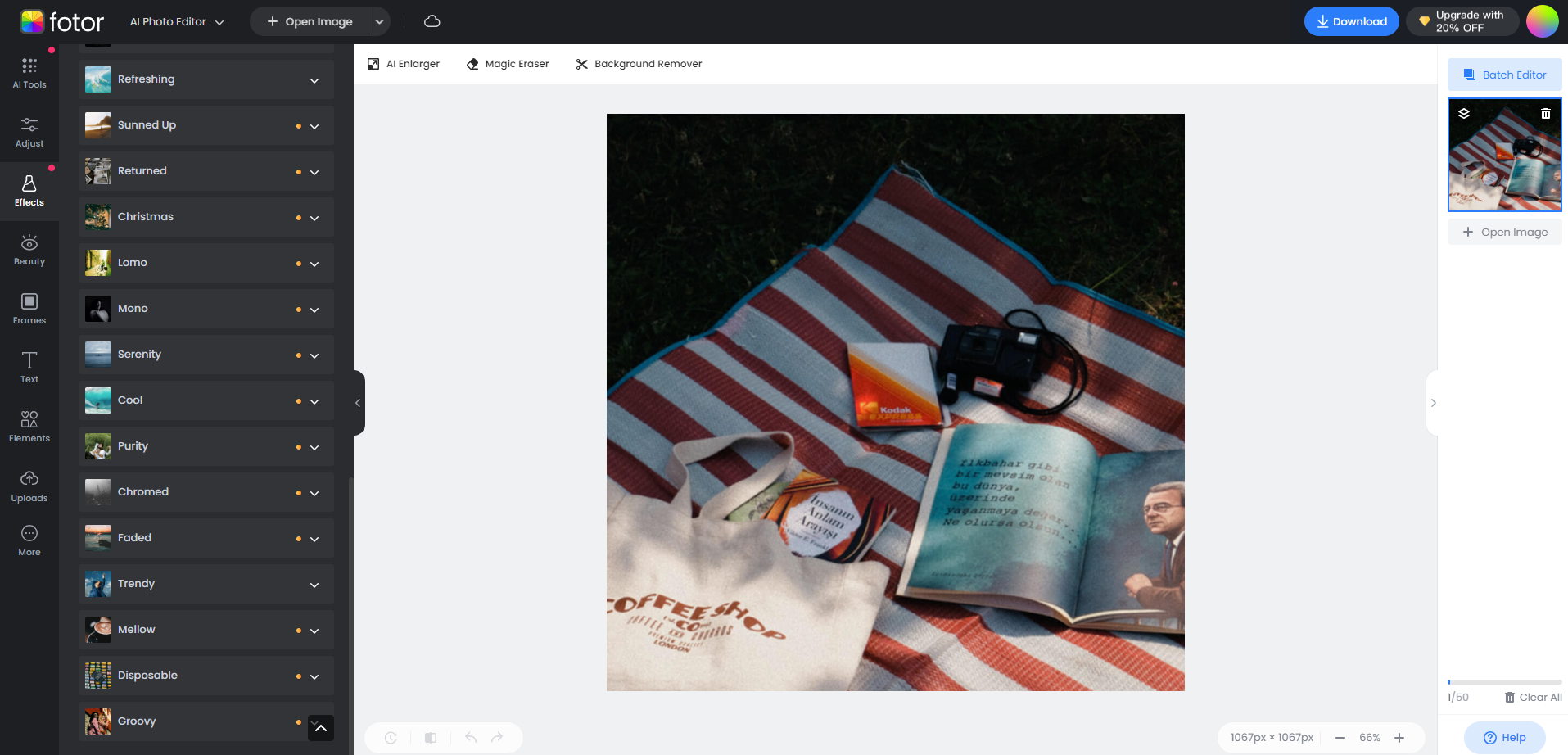
In the past photo retouching and manipulation meant you needed years of technical practice and editing software like Photoshop that costs hundreds of dollars. But with technological advancements, that’s in the past. You can use an online photo editor like ours that’s intuitive and easy, with no learning curve and tutorials that take less than a minute. And it’s free!
5. Schedule Posts Smartly
There’s something to be said about timing. Statistically speaking, certain times slots are better for posting than others. For example, people are more receptive to writing a comment after work when they’re relaxing than, say, during their commute. Well, if you pool together all that data from users across the globe, you have some definitive windows for posting that give you the best results.
When to post
You can read the full data here, but for quick reference, the optimal times to post on the top social media channels are listed below. The times are all in Central Time Zone (CST), but that works globally — so if you’re posting from India, you still want to post according to CST times to maximize your views across the planet.
● Facebook: Thursdays, 1:00-3:00pm
● Instagram: Thursdays, 3:00-5:00pm
● Twitter: Fridays, 9:00-11:00am
● LinkedIn: Wednesdays, 3:00-5:00pm
Be aware that these times change depending on your audience and industry as well. For example, if you’re selling something on Instagram, it’s best to post on a Saturday between 11:00am and 2:00pm, whereas most other industries don’t see much engagement on social media over the weekends.

Post frequently
Even if you come up with masterpieces that put Michelangelo to shame, if you only post them once in awhile no one will want to follow you. Increasing how often you post directly correlates to the amount of engagement you get, so keep a tight schedule.
Optimizing how often you post again depends on the platform. CoSchedule compiled their data on post frequency and came up with these ideal numbers:
- Facebook: 1 post per day
- Instagram: 1-2 posts per day
- Twitter: 15 tweets per day
- LinkedIn: 1 post per day
- Pinterest: 11 pins per day
- Google +: 2 posts per day
That’s a lot content, so make sure you’ve mastered the basics above before you ramp up to daily posting.
6. Engage With Your Followers and Like-Minded People
Social media is about communication and dialogue — if you don’t want other people to see it or respond to it, why bother posting it at all? How to interact with people online might seem like common knowledge, but the truth is some approaches work better than others (just like talking to someone in person).
Strategically share other poster’s content
Often social media sites let you repost, retweet, share, etc., other people’s posts, giving them full credit. The intention is that you can share posts you like to your own followers, acting as a medium for stuff they wouldn’t see on their own. Some platforms even encourage this behavior, and sites like Tumblr have users who do nothing but repost other people’s works to greater audiences.

Because everyone wants their posts to be seen by as many people as possible, you can use social sharing as a way to forge new relationships. If you repost something someone else made and they receive more attention for it, that person takes notice. When used respectfully, this can be a great way to micro-advertise to new clients and customers, as well as break the ice for working with influencers.
Use hashtags proactively
Hashtags are like the natural organization system in social media, mostly controlled by the users. While the common social media poster uses them casually, a more strategic approach can pay off by getting your content seen by the right people.
As mentioned in Step 3, pay attention to which hashtags similar users find success with. You can also do some research online using tools like Hashtagify, or simply exploring the social media site yourself to see what interests you.
Respond as quickly as possible
With social media, the emphasis is on instant communication, so the longer you take to reply to people, the more disconnected you feel. If someone is nice enough to leave you a comment, be nice in return by responding promptly.
Tag anyone related to posts
Tagging people in posts is a clearcut way to get them to see it, particularly if it’s relevant to them. At a basic level, you can use tagging to include your friends and acquaintances to build a community. At more advanced levels, you can use it to attract the attention of influencers or even potential clients and customers — just don’t invade anyone’s privacy, or it’ll have an adverse effect. It’s best if you’ve already established a personal relationship before tagging.
Use captions and ask questions to elicit comments
Posting an image or video with no context won’t get as much engagement as posts with well-written captions. For one thing, captions add flavor and richness to a post, rather than letting visuals speak for themselves. They can also add a funny joke or emotional storyline that enhances readers’ enjoyment.
An advanced technique is to directly pose a question to your followers, asking for their opinion or to relate a personal story related to your post. Prompts like these act as a cue and persuade otherwise shy readers to share their thoughts. And that kind of back-and-forth in the comments is a great help to any social media account.
If you’re using Fotor, you can even take advantage of our Graphic Design Templates for Facebook, Instagram, Pinterest, and Twitter, all of which allow you to add and customize text and designs directly on the image. That makes prompts for comments much more noticeable.
7. Test, Check, Adjust, Repeat!
Human taste and behavior is far from predictable, but the good news is that social media does a good job quantifying it. Social media is full of statistics, numbers, metrics, and data that make it easy to track your successes and failures so you can repeat the former and learn from the latter.
Optimizing your social media strategy never really ends — it’s an ongoing duty that helps you improve the longer you do it. On the one side, you’re evaluating your own strategy and searching out room for improvement. On the other side, social media trends themselves are always changing, and you have to pay attention to the statistics in order to change with them.
Keeping a close eye on your performance also allows you to experiment and try new things. Once you’ve built a consistent presence, you can test new kinds of posts here and there, as long you don’t stray too far from the themes your followers expect. Who knows, maybe switching up your posting times or types of content could yield much better results — the answer is in the data.
Takeaway
It makes no difference if you’re a business, a freelancer, or just someone posting for fun, the more people who know about you, the better. Creating and posting quality content on social media is a straightforward way to get noticed and build relationships, no matter whether for personal or business reasons. Take these 7 steps above to create a more efficient and effective strategy to get yourself out there, and don’t forget, above all, that social media is supposed to be fun!

